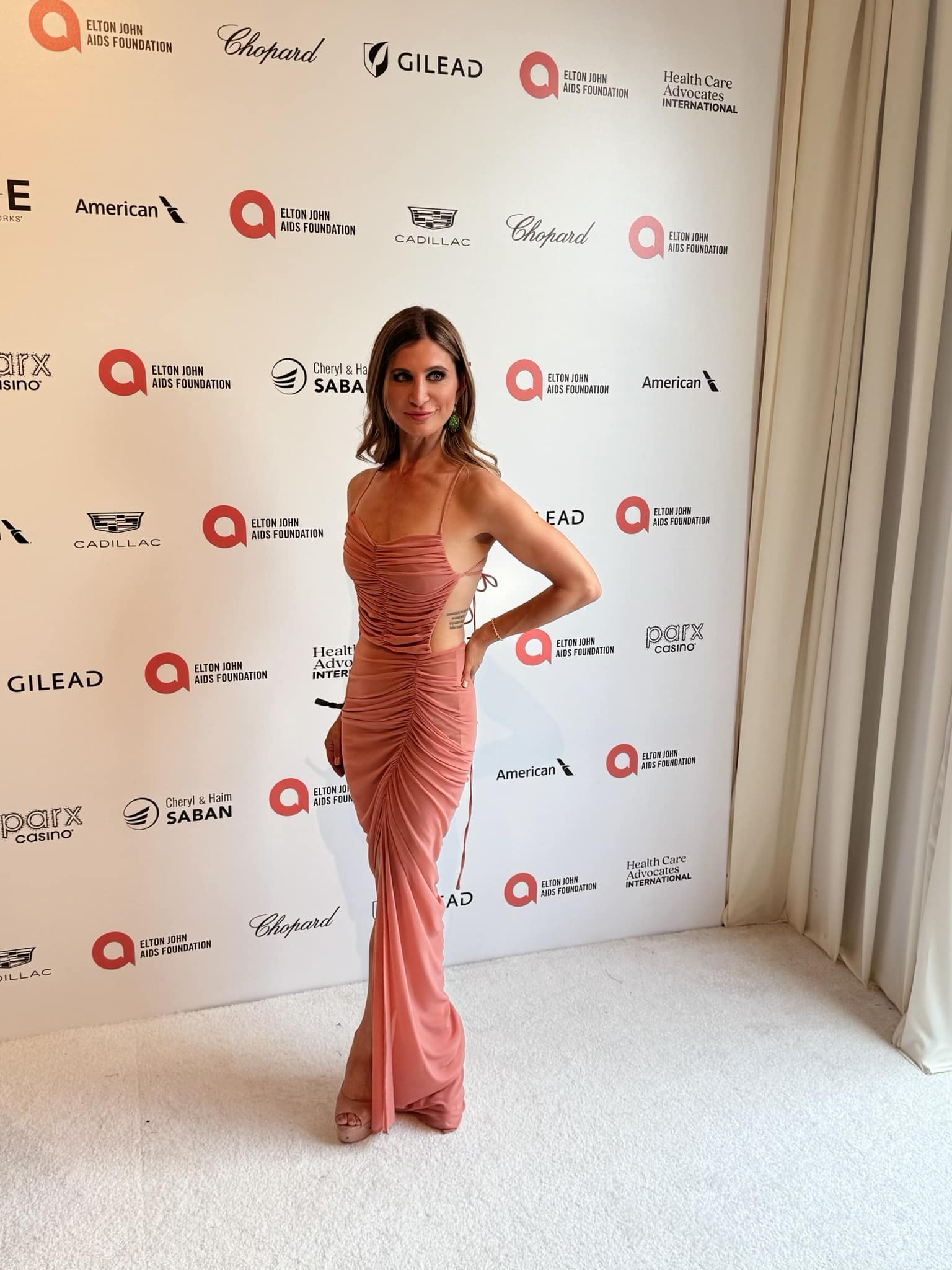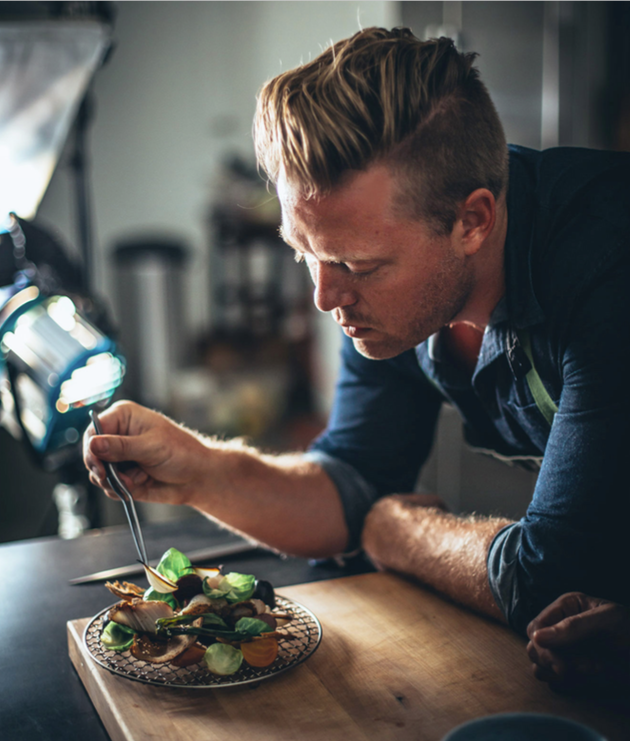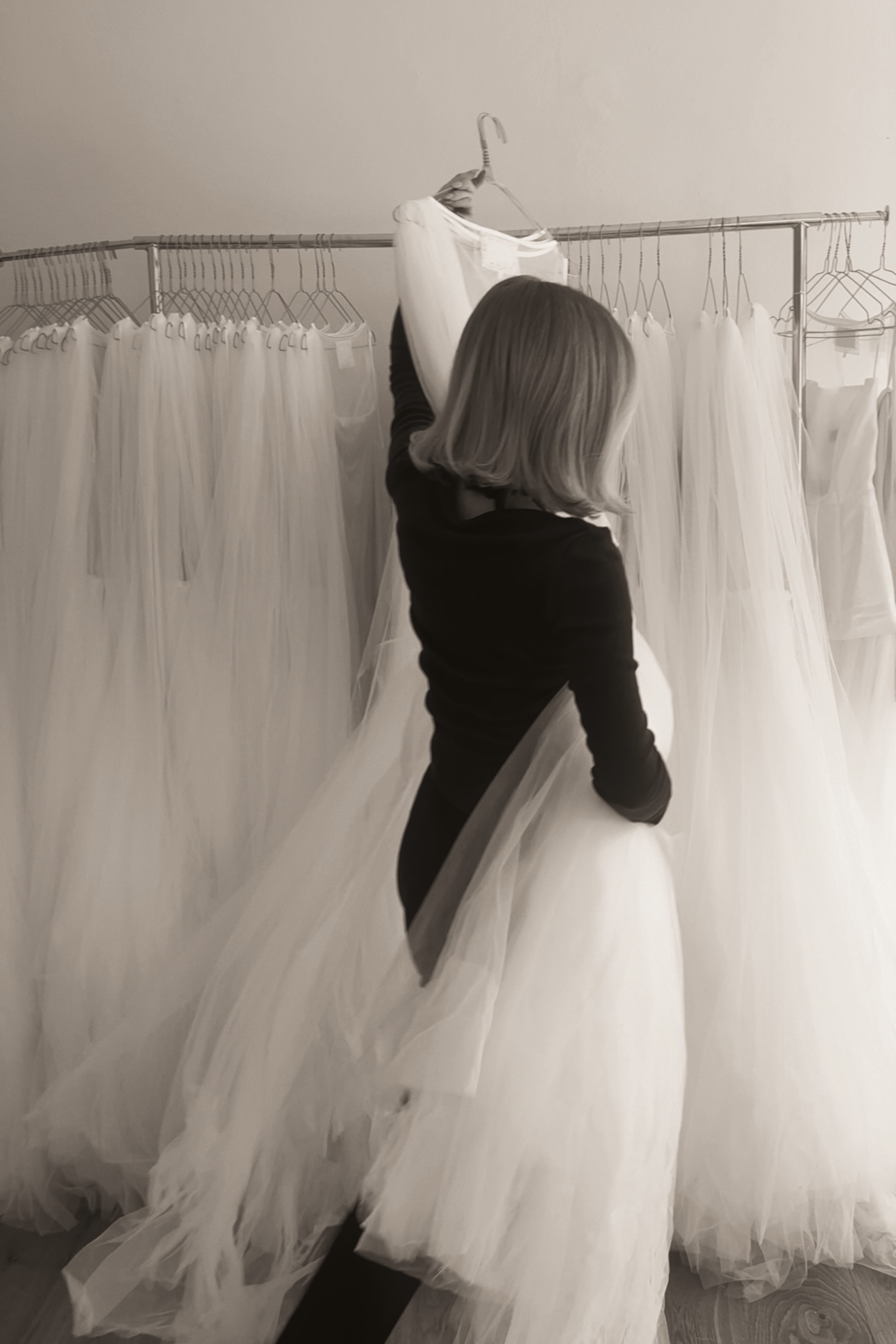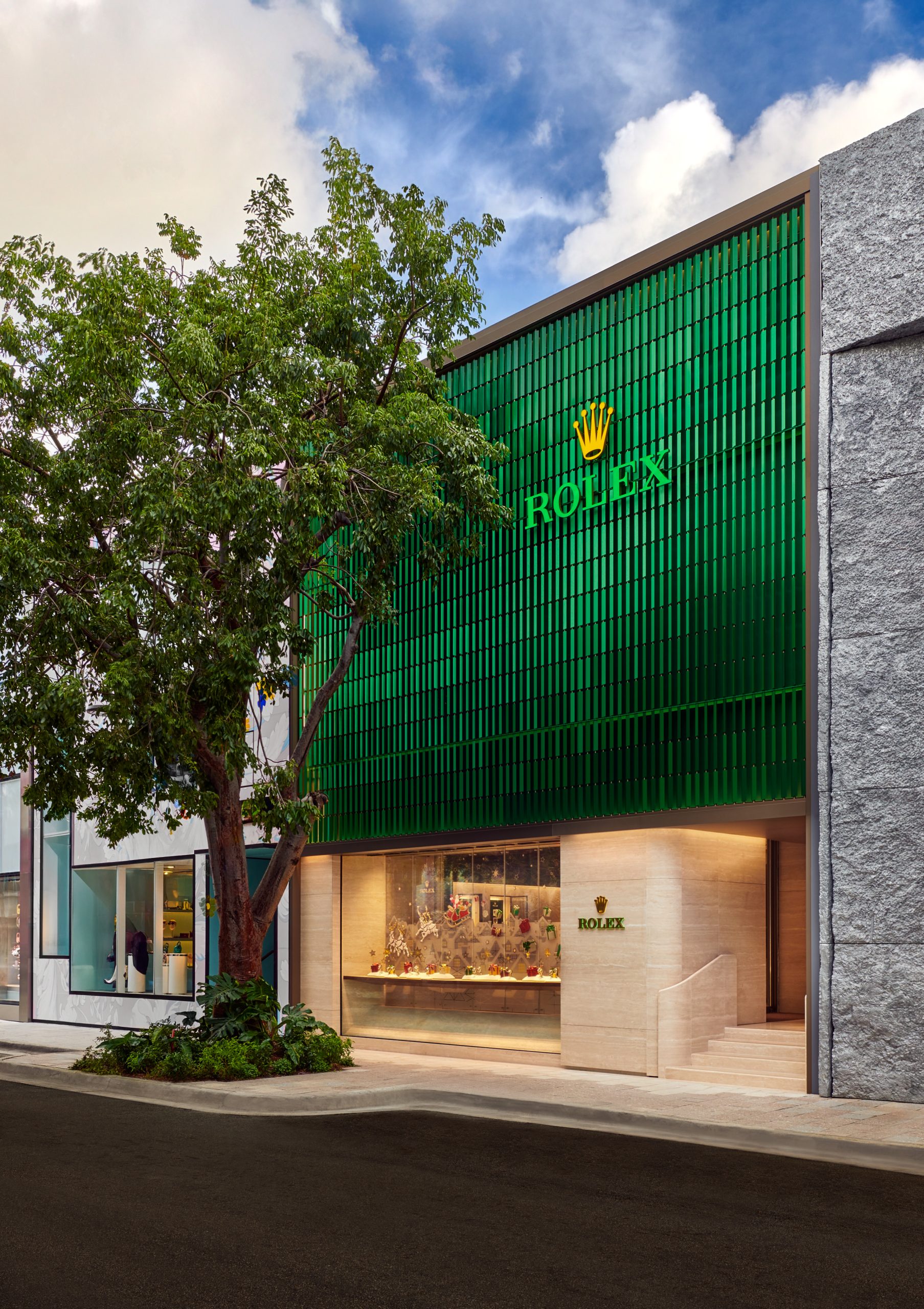Inside Otium, The Broad’s Haute New Eatery in LA
When Eli and Edythe Broad opened their magnificent downtown Los Angeles contemporary art museum, The Broad, in September, they needed to find an equally fantastic chef to helm its restaurant, Otium. Cue The French Laundry alum Timothy Hollingsworth. Guests will take equal amounts of time lavishing attention on dishes that are artistically presented and which use sustainable ingredients grown in the garden of the eatery’s mezzanine—like the Donabe-smoked hamachi with pastrami, beet, potato and rye, or the autumn vegetable tart with chicories and oxtail marmalade—as they will perusing the nearly 2,000-piece Broad collection. Here, the philanthropic, James Beard award-winning chef takes a break from his new venture—which opens for lunch and brunch in early November and dinner in early December— to discuss art, food, Otium’s Social Responsibility Strategy—a form of self-regulation traditionally adopted by businesses to make sure they’re doing something positive for the community—and the most important lessons he’s learned from his world-renowned mentor, Thomas Keller.
Tell us about Otium’s Social Responsibility Strategy.
Otium is all about community, whether that be the culinary community or the community of Los Angeles. It’s not just about giving back though; it’s about being an integral place within the community for people to come together.
Why is this so personally important to you?
I recently moved to L.A., and I’m starting a family. To me, it’s important for my family to be able to grow in a strong and supportive community.
How do you incorporate charity into your day-to-day life?
I think incorporating charity into your routine is really thinking about where you can have the most impact. At Otium, we’re also going to be hiring at-risk employees. Through mentorship and guidance, we hope to make an impact.
What will the Otium menu be like? What luxury items will you offer?
The Otium menu will utilize luxury ingredients, but in an approachable way. We’ll have the truffles, the caviar, the uni and champagne, but in a way that is approachable for the everyday diner.
How will it add to the already thriving downtown L.A. culinary experience?
Otium is in a very unique setting built on a bridge; it will be a cool destination on Bunker Hill. We’ll be incorporating outdoor spaces into the restaurant, with some live fire outside that we’ll be cooking on.
How do art and food work together symbiotically?
I’m sure you’ve heard of the saying, ‘you eat with your eyes first,’ and it’s true. The presentation of the dish is something that really matters, because it is the first impression. When we’re coming up with the dish in the kitchen, we think about the colors and textures [and] how it will all come together.
How will art be incorporated into the restaurant?
We have this great Damien Hirst mural on the outside wall of the restaurant, called “Isolated Elements, 2015.” We’ve [also] worked with various groups of local artisans [on everything] from the lights to the furniture, chairs [and] interior design.
How did your past history at The French Laundry help shape your work at Otium?
Of course, I learned to cook at The French Laundry, and about the importance of technique. More importantly, though, working there taught me about perseverance and dedication.
What is the most important thing you learned from Thomas Keller that has helped you with your latest post?
Collaboration. At the end of my day at The French Laundry, we’d all sit down together and write the menu for the next day. I think that learning through collaboration has prepared me to work with my team in all that we do.














